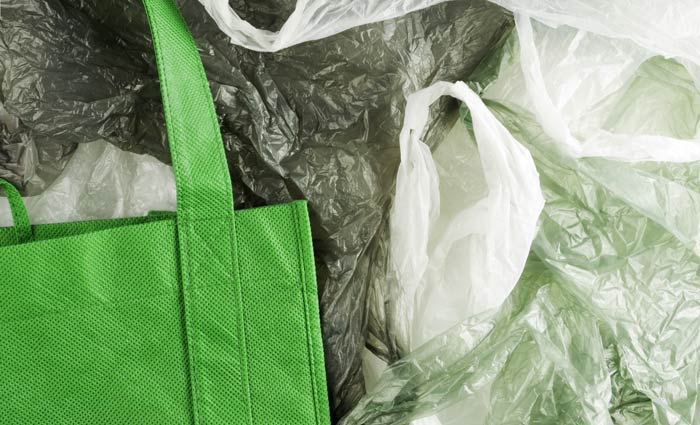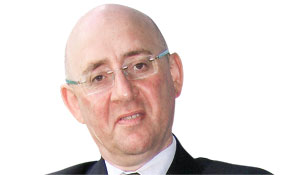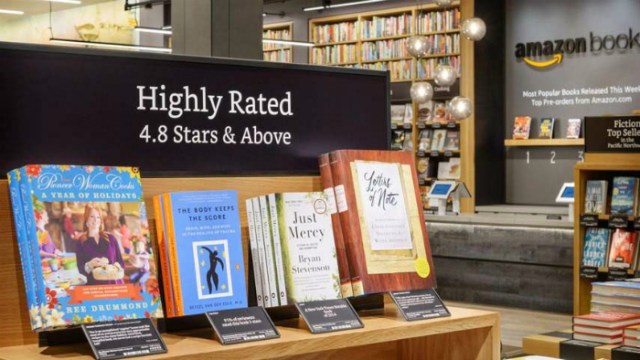

Checking out at the supermarket, the young cashier suggested to the customer that they use their own grocery bag because plastic bags aren’t good for the environment. The young clerk said: “That’s the problem today. Your generation did not care enough to save our environment for future generations.”
The customer was my age (by which I mean old) and I thought about my generation and ‘the green thing’.
Growing up in the 1950s in the States, the milkman delivered milk in bottles and took back the empty bottles. We returned soda and beer bottles to the store to get money for movies, soda pop and candy. The store sent the bottles back to the plant to be washed, sterilised and refilled, so the same
bottles were re-used.
The green thing is not new.
Pickles and olives and other items were stored in giant barrels at family-run grocery stores and we filled bags with them. Grocery stores bagged our groceries in brown paper bags and we reused them. The most memorable use for brown paper bags, besides using them as household garbage bags, was as book covers for our schoolbooks. We personalised our book covers with artistic graffiti.
The green thing is not new.
We walked up stairs, because we didn’t have an escalator in every store and office. We walked to the grocery store and didn’t climb into a 300-horsepower machine every time we had to go two blocks. We walked everywhere.
The green thing is not new.
We washed diapers because we didn’t have the throwaway kind. We dried clothes on a line, not in an energy-gobbling machine burning lots of amps – wind and solar energy really did dry our clothes. Kids got hand-me-downs from their brothers or sisters, not always brand-new clothing. I don’t think my youngest brother ever had new clothes until he graduated college.
The green thing is not new.
Back then, we had one TV or radio in the house, not a TV in every room. The screen was the size of a postage stamp, not the size of Switzerland. In the kitchen, we blended and stirred by hand because we didn’t have electric machines to do it. When we packaged a fragile item to mail, we used crumpled up newspapers to cushion it, not Styrofoam or plastic bubble wrap.
We didn’t burn gasoline just to cut the lawn. We used a push mower that ran on human power – mostly us kids. I got a quarter to do the mowing for the neighbours at 25c a yard. That quarter in my pocket made me feel as rich as any millionaire. Our exercise was physical work; we didn’t need to go to a health club to run on treadmills that run on electricity. Farmers put the old Sears’ catalogue in the outhouse in an act of unbelievable greenness.
The green thing is not new.
We drank water from a fountain when we were thirsty or used a glass instead of using a plastic bottle every time. We refilled writing pens with ink instead of buying a new one, and we replaced the razor blades instead of throwing away the whole razor just because the blade got dull.
The green thing is not new.
People took the bus and kids rode their bikes to school or to the park or walked instead of turning their moms into a 24-hour taxi service. We had one electrical outlet in a room, not an entire bank of sockets to power a dozen appliances. We didn’t need a computerised gadget to receive a signal beamed from satellites 23,000 miles in space to find the nearest burger joint. Gas stations actually gave you printed maps – free.
It is sad that the current generation laments how wasteful we old folks were just because we didn’t have ‘the green thing’ back then.
Frank Romano is professor emeritus at the Rochester Institute of Technology
NOTE: The introduction to this column and attribution to Robert Bowman was edited out when this column appeared in the March issue of ProPrint magazine. Professor Romano did seek to correctly attribute this story in his original version.
Comment below to have your say on this story.
If you have a news story or tip-off, get in touch at editorial@sprinter.com.au.
Sign up to the Sprinter newsletter



